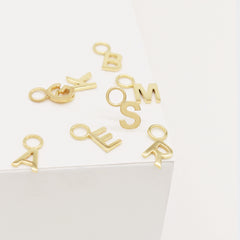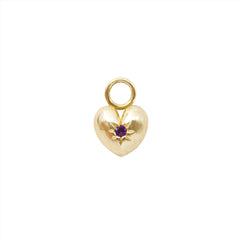The division of gemstones into precious and semi-precious came from ancient times when gemological equipment was not so advanced, and people identified gemstones by colour and clarity only.
What is a Precious Gemstone?
In more modern times, a precious gemstone has been classified based on its:
- Colour
- Clarity
- Durability
- Rarity
- And Value
The four that are classified as precious gemstones include:
- Diamonds
- Rubies
- Sapphires
- And Emeralds
Diamond is the hardest, Ruby is the most vivid red, Sapphire is magnificent blue, and Emerald is lush and green.
Another significant characteristic of precious gemstones is hardness which ties in with durability.
All four gemstones regarded as precious are on the highest levels of the Mohs scale.
- Emerald hardness varies from 7.5 to 8.
- Sapphires and rubies are two corundum varieties with a hardness of 9
- Diamonds are the highest with a level of 10.

Precious Gemstones in Jewellery
Apart from their beauty, there are also practical benefits to having precious gemstones in jewellery, such as being able to include them in your statement and everyday jewellery items.
Here are some examples of jewellery pieces that are set with Precious gemstones:
What is a Semi-Precious Gemstone?
A semi-precious gemstone is any stone that is accepted as more beautiful than common minerals or rocks but is not one of the four precious stones.
Transparent stones are likely to be cut into faceted gems to make the most of their ability to sparkle, while more opaque ones are polished into rounded cabochon gemstones with a smooth, lustrous finish.
Some examples of semi-precious gemstones that Anna Rosholt has used in her jewellery include:
- Citrine
- Peridot
- Lapis Lazuli
- Garnet
- Tourmaline
- Bloodstone
- Onyx

Semi-Precious Gemstones in Jewellery
Although classified as semi-precious, that does not mean they are less beautiful or valuable than some precious gemstones.
Semi-precious gemstones often come in various colours and shades which allows you to explore and play around more with the concept of colour in jewellery, while also offering durability which makes them perfect for your everyday wear.
Here are some examples of AR jewellery that are set with Semi-Precious gemstones:
Modern classification of gemstones
This classification has changed since the development of tools and methods used to identify stones and, while the terms precious and semi-precious are still used, it isn’t followed as religiously as in the previous years.
Both “precious and semi-precious” stones are gemstones – minerals, natural organic material (like pearls or corals) rocks (lapis lazuli, charoite), or mineraloids (opal) which are rare, durable, and beautiful.
Each and every one of these gemstones holds a value and significance that the ordinary rock doesn’t, from their beauty, character and rarity which to us makes them all precious in every way.



